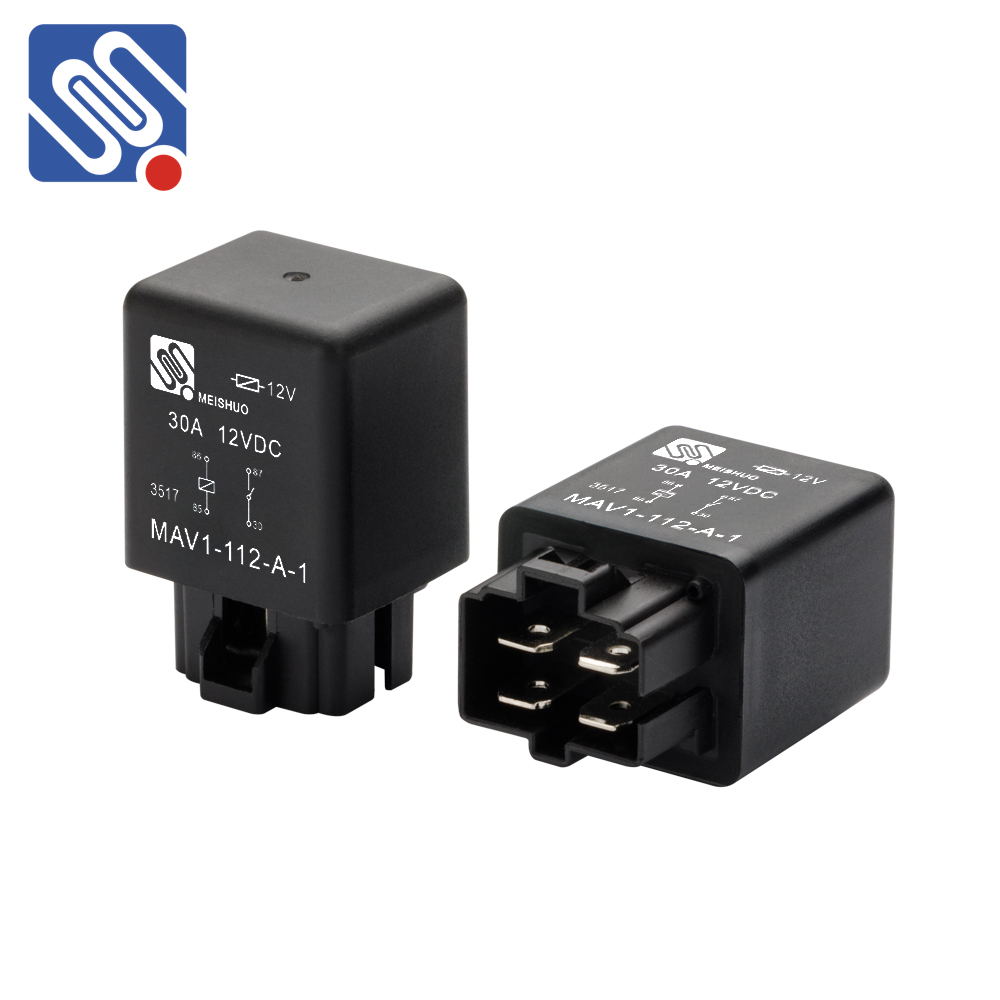relay specifications comparison: a detailed overview of key features and differences
Release time:2025-05-25 03:45:02
Relays are crucial electrical components used in various industries for switching applications. They play a pivotal role in automating systems, controlling circuits, and ensuring safety in electrical systems. Understanding the specifications of relays is essential to choosing the right type for a particular application. In this article, we will explore the key relay specifications, comparing different types of relays and their characteristics to help identify which is best suited for specific needs.

What is a Relay?
A relay is an electrically operated switch that controls the flow of current between circuits. It uses an electromagnet to mechanically operate the switch, providing isolation between the controlling and controlled circuits. Relays are designed to control high-power circuits using low-power control signals. They come in various sizes and configurations, depending on their applications. In essence, relays can be categorized based on their structure, operation, and the types of materials used for their construction.
Key Relay Specifications
The specifications of relays can vary greatly depending on the type and manufacturer. However, several critical specifications are common across most relays. These include:

